Related Research Articles
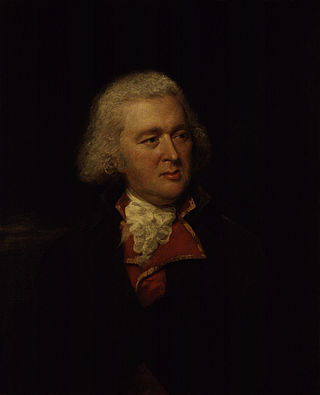
Valentine Green was a British mezzotinter and print publisher. Green trained under Robert Hancock, a Worcester engraver, after which he moved to London and began working as a mezzotint engraver. He began to exhibit with the Incorporated Society of Artists from 1766, became a fellow a year later and a director in 1771. He was appointed mezzotint engraver to the King in 1773, and the following year was elected an associate engraver with the Royal Academy. Throughout the 1770s and 1780s, Green's engraving practice flourished. In the 1790s, however, several of his international speculations failed and in 1798 he was declared bankrupt. In 1805, he accepted the role of keeper of the British Institution, a post he held until his death.

Thomas Daniell was an English landscape painter who also painted Orientalist themes. He spent seven years in India, accompanied by his nephew William, also an artist, and published several series of aquatints of the country.

William Daniell (1769–1837) was an English landscape and marine painter, and printmaker, notable for his work in aquatint. He travelled extensively in India in the company of his uncle Thomas Daniell, with whom he collaborated on one of the finest illustrated works of the period – Oriental Scenery. He later travelled around the coastline of Britain to paint watercolours for the equally ambitious book A Voyage Round Great Britain. His work was exhibited at the Royal Academy and the British Institution and he became a Royal Academician in 1822.
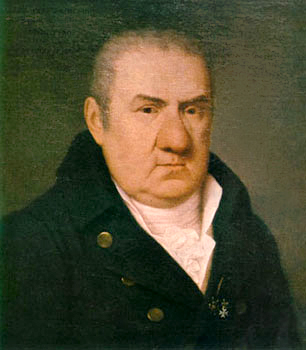
Giacomo Quarenghi was an Italian architect who was the foremost and most prolific practitioner of neoclassical architecture in Imperial Russia, particularly in Saint Petersburg. He brought into vogue an original monumental style, of Palladian inspiration, which was a reference for many architects who worked in Russia as well as the Grand Duchy of Finland.
The Havell family of Reading, Berkshire, England, included a number of notable engravers, etchers and painters, as well as writers, publishers, educators, and musicians. In particular, members of this family were among the foremost practitioners of aquatint; and had a long association with Indian art and culture. The family first came to notice through the brothers Luke Havell and Robert Havell the Elder ; along with their nephew Daniel Havell.

Thomas Malton, was an English painter of topographical and architectural views, and an engraver. J. M. W. Turner and Thomas Girtin were amongst his pupils. He is designated "the younger" to differentiate him from his father Thomas Malton, the Elder.

Ramsay Richard Reinagle was an English portrait, landscape, and animal painter, and son of Philip Reinagle.
Francis Jukes (1745–1812) was a prolific engraver and publisher, chiefly known for his topographical and shipping prints, the majority in aquatint. He worked alongside the great illustrators of the late eighteenth century. He contributed numerous plates to various publications of rural scenes. His early prints were published in collaboration with Valentine Green, and later worked in collaboration with the engraver and publisher Robert Pollard.
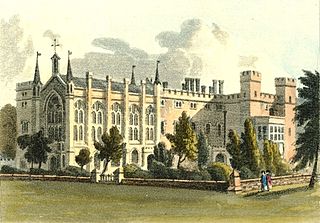
John Hassell was an English watercolour landscape painter, engraver, illustrator, writer, publisher and drawing-master. He wrote a biography of fellow artist George Morland.
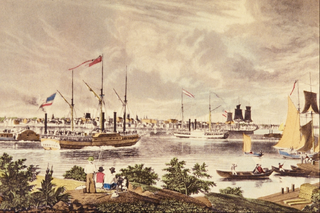
William James Bennett (1787−1844), was a British-born painter and engraver, active in the United States from 1816. He was a founder member of the "Associated Artists in Watercolour" in 1808. and twelve years later was elected an Associate of the Water-Colour Society.
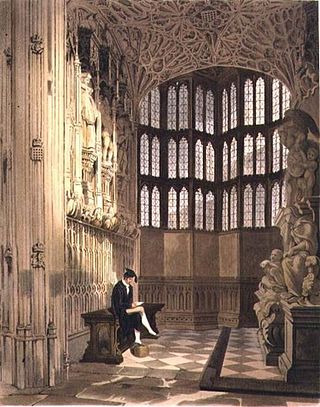
Thomas Uwins was a British portrait, subject, genre and landscape painter in watercolour and oil, and a book illustrator. He became a full member of the Old Watercolour Society and a Royal Academician, and held a number of high-profile art appointments including the librarian of the Royal Academy, Surveyor of Pictures to Queen Victoria and the Keeper of the National Gallery.

William Pars was an English watercolour portrait and landscape painter, draughtsman, and illustrator.

George Garrard was an English animal, landscape and portrait painter, modeller, sculptor, engraver and printmaker. He played a major role in lobbying Parliament to introduce legislation to protect the copyright of works by modellers of animal and human figures.

Edward Edwards was an English painter and etcher. He held the post of Professor of Perspective at the Royal Academy, and compiled a book entitled Anecdotes of Painters (1808).
John Preston Neale (1780–1847) was an English architectural and landscape draughtsman. Much of his work was drawn, although he produced the occasional watercolour or oil painting. His drawings were used on a regular basis by engravers. A major work, the Views of the seats, Mansions, Castles, etc. of Noblemen and Gentlemen in England, Wales, Scotland and Ireland was published in 6 volumes between 1819-23.
Robert Freebairn was a British landscape painter.

John Emes (1762–1810) was a British engraver and water-colour painter. His wife Rebecca Emes ran a successful silver business after his death.
George Robert Lewis (1782–1871) was a versatile English painter of landscapes and portraits.
Benjamin Thomas Pouncy was an English draughtsman and engraver.
Richard Livesay (1750–1826) was a British portrait and landscape painter, and engraver.
References
![]() This article incorporates text from a publication now in the public domain : "Gardnor, John". Dictionary of National Biography . London: Smith, Elder & Co. 1885–1900.
This article incorporates text from a publication now in the public domain : "Gardnor, John". Dictionary of National Biography . London: Smith, Elder & Co. 1885–1900.